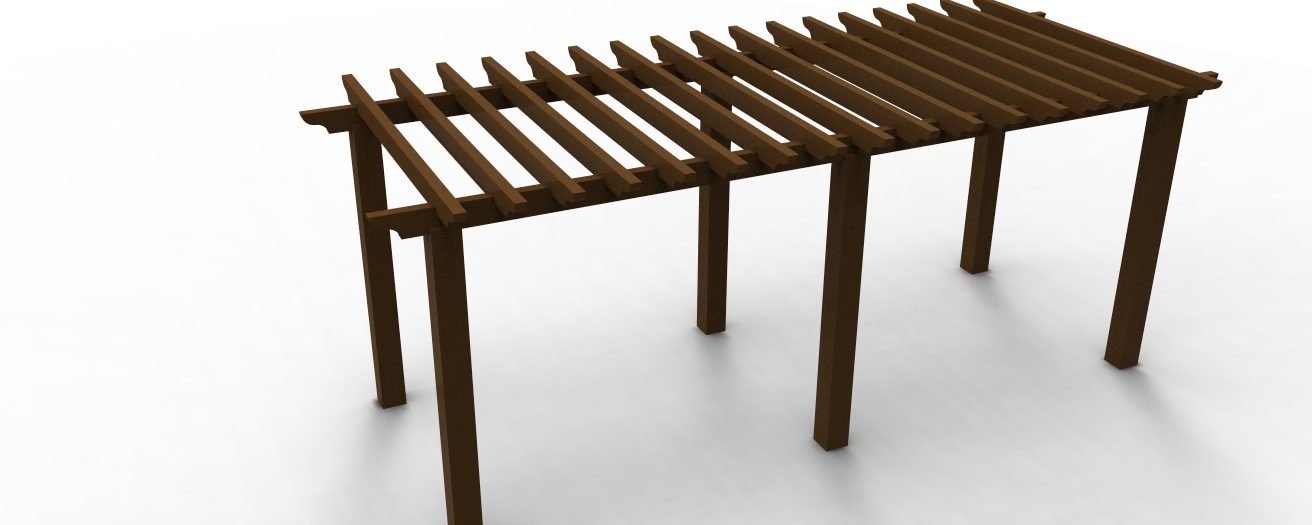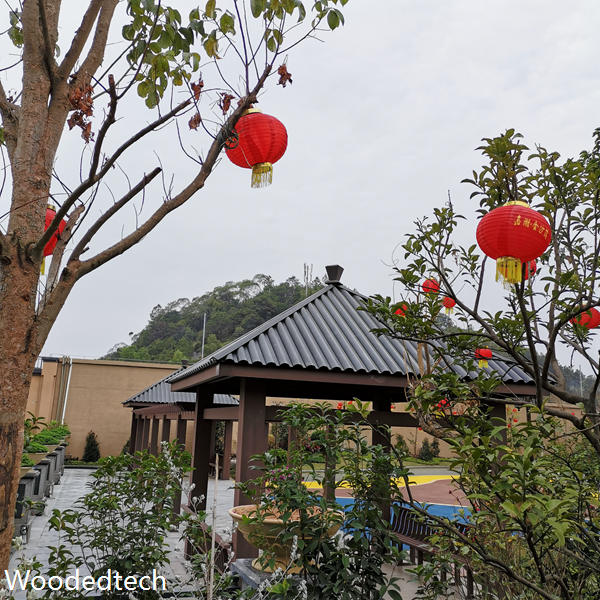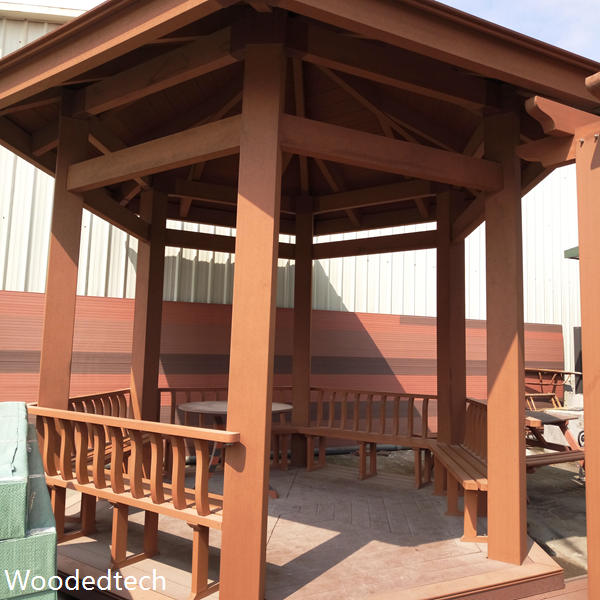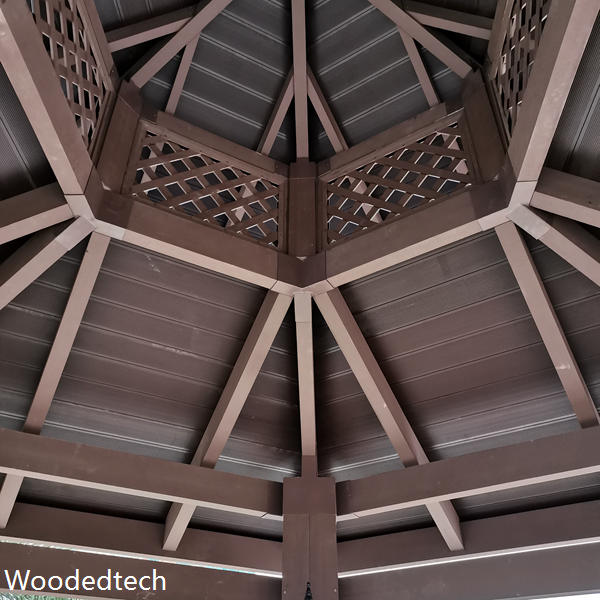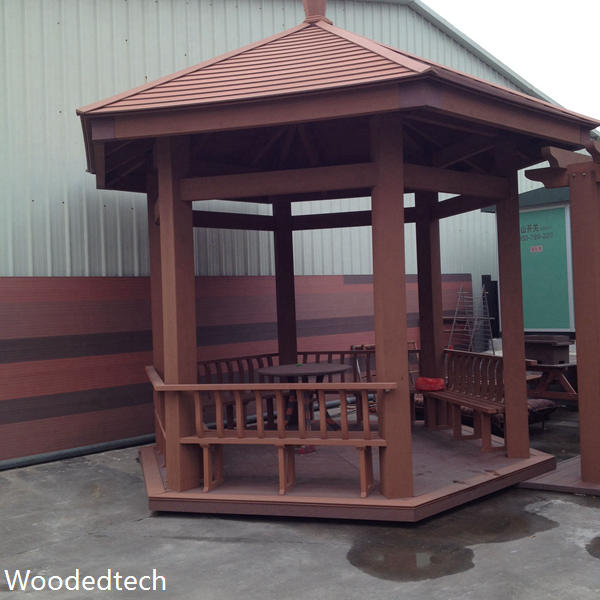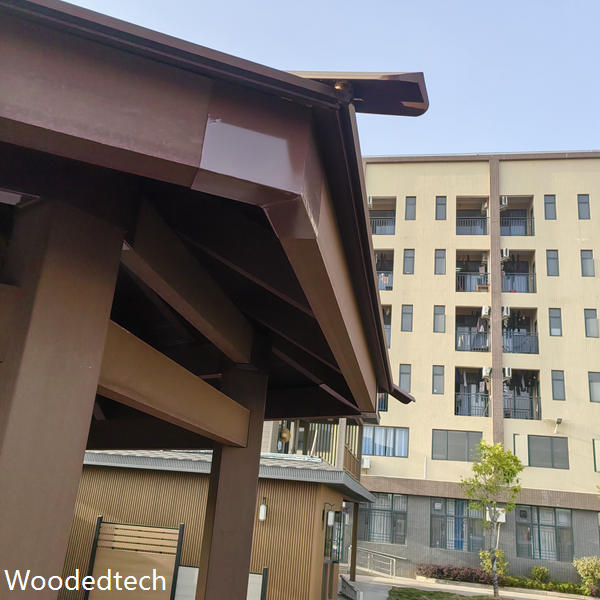Ruimte maximaliseren met ontwerpen van kunststof hout bower
In de wereld van moderne architectuur en landschapsontwerp is de behoefte aan innovatieve materialen die duurzaamheid combineren met esthetische aantrekkingskracht van het grootste belang. Een van de meest veelbelovende ontwikkelingen op dit gebied is de ontwikkeling van plastic hout, een composietmateriaal dat de beste kenmerken van hout en plastic samenvoegt. Dit materiaal is bijzonder voordelig bij het creëren van schaduwstructuren, die zijn bedoeld voor buitenruimtes en schaduw en onderdak bieden terwijl ze de algehele schoonheid van een landschap verbeteren. Het productieproces van plastic hout, vooral wanneer gebruik wordt gemaakt van technieken met hoge temperatuur en hoge druk, resulteert in een product dat niet alleen robuust is, maar ook milieuvriendelijk.
Het unieke productieproces van plastic hout omvat de zorgvuldige menging van gerecycled plastic met houtvezels. Deze combinatie vermindert niet alleen afval door materialen een nieuwe bestemming te geven die anders zou bijdragen aan de stortplaats, maar biedt ook een duurzame vervanging voor traditioneel hout. Technieken voor het vormen bij hoge temperatuur en hoge druk zijn cruciaal in dit proces. Door warmte en druk toe te passen, kunnen fabrikanten een dicht en samenhangend materiaal bereiken dat de visuele aantrekkingskracht van natuurlijk hout behoudt, terwijl veel van de nadelen worden geëlimineerd. Het resulterende plastic hout is bestand tegen vocht, insecten en rot, waardoor het een ideale keuze is voor buiten toepassingen.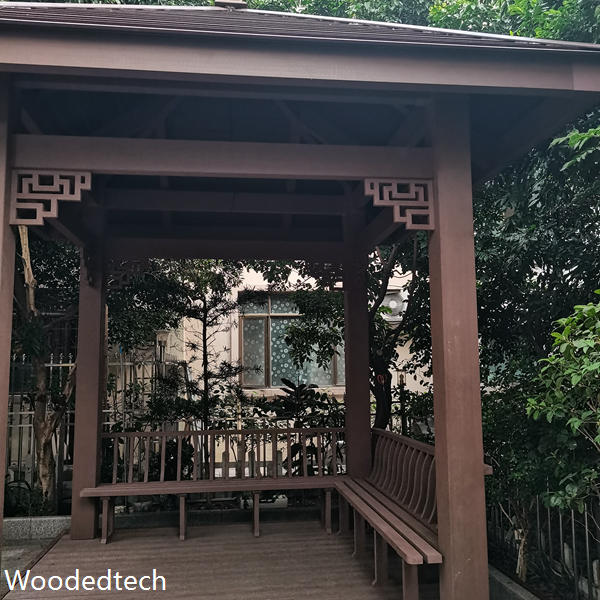 Een van de belangrijke voordelen van ontwerpen van plastic houten schaduwstructuren is hun vermogen om ruimte te maximaliseren. In stedelijke omgevingen waar buitenruimtes beperkt kunnen zijn, kunnen goed ontworpen schaduwstructuren kleine ruimtes transformeren tot functionele en aangename toevluchtsoorden. Deze structuren kunnen zo worden ontworpen dat ze naadloos passen in verschillende landschappen, of het nu gaat om een kleine achtertuin, een daktuin of een openbaar park. De veelzijdigheid van plastic hout staat een scala aan ontwerpmogelijkheden toe, van ingewikkeld latticewerk tot eenvoudige, strakke lijnen, die tegemoetkomen aan diverse esthetische voorkeuren.
Een van de belangrijke voordelen van ontwerpen van plastic houten schaduwstructuren is hun vermogen om ruimte te maximaliseren. In stedelijke omgevingen waar buitenruimtes beperkt kunnen zijn, kunnen goed ontworpen schaduwstructuren kleine ruimtes transformeren tot functionele en aangename toevluchtsoorden. Deze structuren kunnen zo worden ontworpen dat ze naadloos passen in verschillende landschappen, of het nu gaat om een kleine achtertuin, een daktuin of een openbaar park. De veelzijdigheid van plastic hout staat een scala aan ontwerpmogelijkheden toe, van ingewikkeld latticewerk tot eenvoudige, strakke lijnen, die tegemoetkomen aan diverse esthetische voorkeuren.
Bovendien vergemakkelijkt de lichte aard van plastic hout het hanteren en installeren in vergelijking met traditionele houten structuren. Dit kenmerk is bijzonder voordelig voor stedelijke planners en landschapsarchitecten die vaak werken binnen strakke deadlines en budgetten. De eenvoud van installatie vermindert niet alleen de arbeidskosten, maar zorgt ook voor een snellere projectafloop, waardoor de snelle transformatie van buitenruimtes mogelijk wordt. Daarnaast betekent de duurzaamheid van plastic hout dat deze structuren, eenmaal geïnstalleerd, minimaal onderhoud vereisen, wat verder bijdraagt aan hun aantrekkingskracht.
Wat betreft ontwerp kan plastic houten schaduwstructuren worden aangepast aan specifieke functionele behoeften. Ze kunnen dienen als blikvangers in een tuin, een schaduwgebied bieden voor buitenbijeenkomsten, of zelfs een gevoel van omsluiting creëren in grotere ruimtes. De mogelijkheid om deze structuren aan te passen betekent dat ze kunnen worden ontworpen om te harmoniseren met omliggende elementen, zoals paden, zithoeken en landschapskenmerken. Bovendien maakt de aanpasbaarheid van het materiaal de integratie van extra functies mogelijk, zoals ingebouwde zithoeken of plantenbakken, waardoor de bruikbaarheid van de ruimte wordt vergroot.
Een ander belangrijk aspect van plastic hout zijn de milieuvoordelen. Terwijl de samenleving steeds meer prioriteit geeft aan duurzaamheid, blijft de vraag naar milieuvriendelijke materialen groeien. Plastic hout sluit aan bij deze trend door gebruik te maken van gerecyclede materialen, waardoor de ecologische voetafdruk die gepaard gaat met de productie van traditioneel hout, aanzienlijk wordt verminderd. Bovendien betekent de lange levensduur van plastic hout dat het niet zo vaak hoeft te worden vervangen, wat resulteert in minder afval in de loop van de tijd. Door plastic hout te kiezen voor ontwerpprojecten kunnen architecten en bouwers bijdragen aan een duurzamere toekomst terwijl ze mooie buitenruimtes bieden.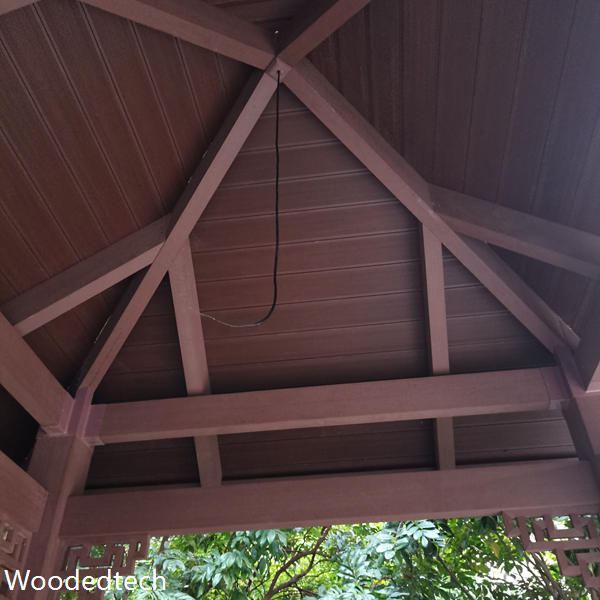 Bovendien bevordert de integratie van plastic houten schaduwstructuren in landschapsontwerpen een verbinding tussen natuur en stedelijk leven. Deze structuren kunnen de algehele sfeer van buitenomgevingen verbeteren, waardoor mensen worden uitgenodigd om meer tijd buiten door te brengen en betrokken te raken bij hun omgeving. Door schaduwrijke gebieden en comfortabele ruimtes voor ontspanning te bieden, kunnen plastic houten schaduwstructuren sociale interacties aanmoedigen en bijdragen aan het welzijn van individuen in stedelijke instellingen.
Bovendien bevordert de integratie van plastic houten schaduwstructuren in landschapsontwerpen een verbinding tussen natuur en stedelijk leven. Deze structuren kunnen de algehele sfeer van buitenomgevingen verbeteren, waardoor mensen worden uitgenodigd om meer tijd buiten door te brengen en betrokken te raken bij hun omgeving. Door schaduwrijke gebieden en comfortabele ruimtes voor ontspanning te bieden, kunnen plastic houten schaduwstructuren sociale interacties aanmoedigen en bijdragen aan het welzijn van individuen in stedelijke instellingen.
Op het gebied van innovatief ontwerp en duurzame materialen vertegenwoordigen plastic houten schaduwstructuren een significante vooruitgang. Hun unieke productieproces waarbij technieken met hoge temperatuur en hoge druk worden gebruikt, zorgt niet alleen voor een uitzonderlijke kwaliteit, maar sluit ook aan bij de hedendaagse milieuwaarden. Terwijl steden blijven evolueren en de vraag naar functionele buitenruimtes groeit, zal de combinatie van plastic hout met doordachte ontwerprincipes ongetwijfeld een cruciale rol spelen in de vormgeving van de landschappen van de toekomst. Door deze ontwikkelingen omarmen kunnen architecten, landschapsontwerpers en huiseigenaren alike mooie, duurzame omgevingen creëren die de ruimte maximaliseren terwijl ze een diepere verbinding met de natuur bevorderen.
